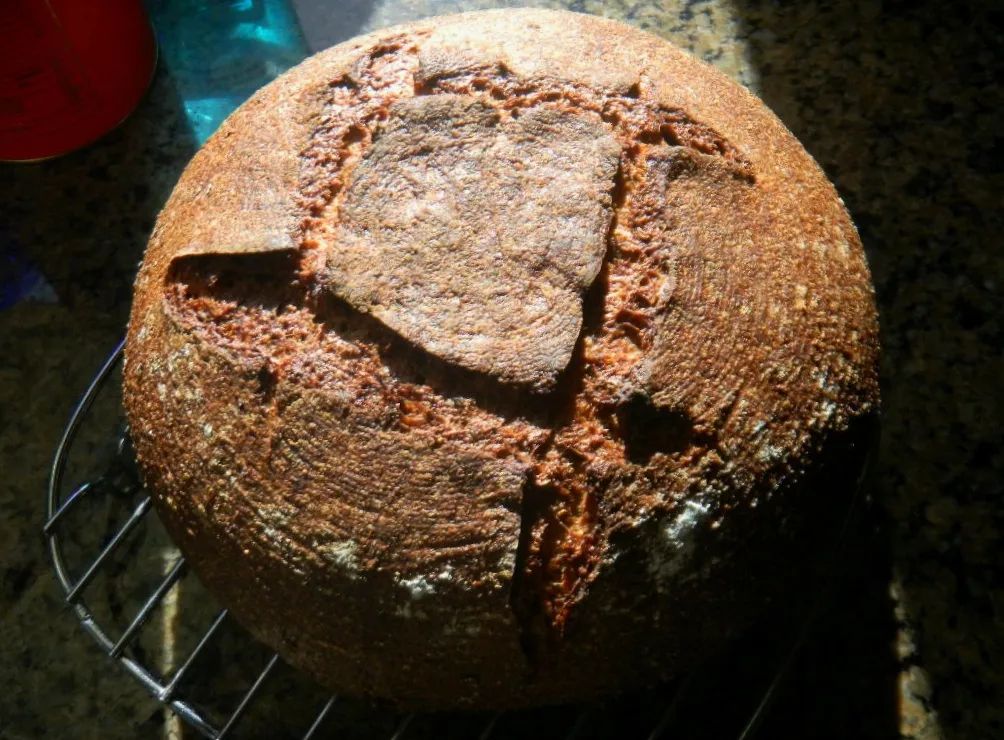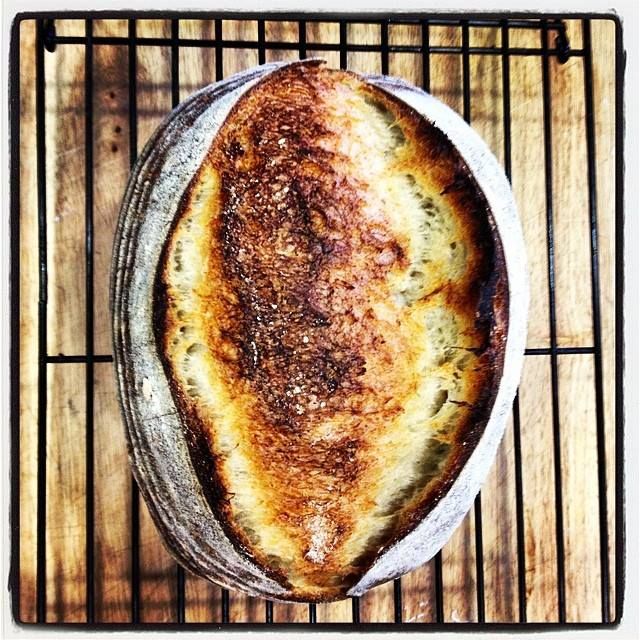baking from memory...
When I got more serious about baking several years ago, I created my own spreadsheets (or "breadsheets" as I like to call 'em) where I kept accurate track of formula tweaks, timings, etc. Over 200 sourdoughs, ciabattas, mixed grain pan loaves, pizzas, flatbreads, etc.
Nowadays, even though I still weigh my ingredients, I "eyeball" things much more, and I rarely write my outcomes down....probably because for the most part, the outcomes come out consistently well. I haven't been baking a ton of breads lately, but my recent go-to's are:
- Log in or register to post comments
- 5 comments
- View post
- cranbo's Blog










 [/URL]
[/URL]